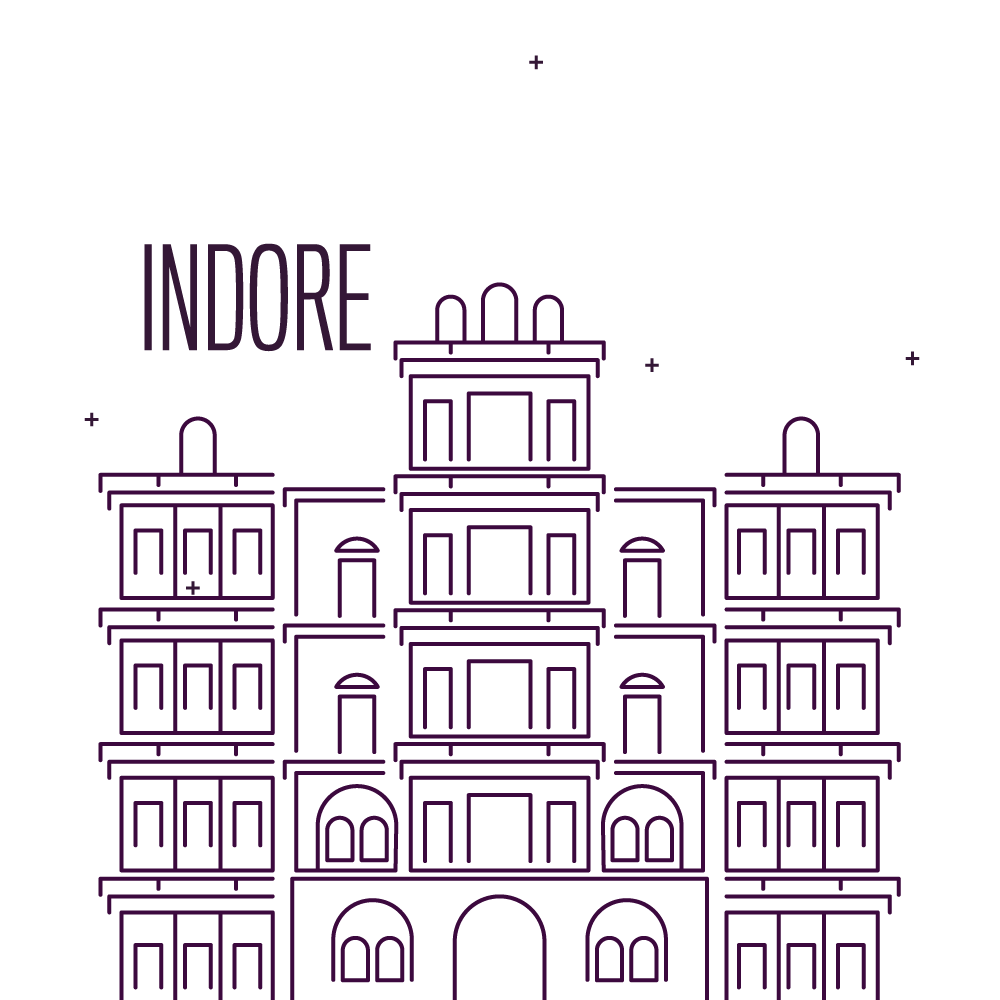Piercing Removal and Closure : What to Expect?

Piercing removal of your little one's earrings for the first time post getting a fresh piercing can be trickier than you can think. It is about making sure that piercing heals just right and that you are not causing any harm to their delicate skin. However, let's face it - saying goodbye to that initial piercing jewelry cannot be avoided, especially if you want your child to wear those sparkly gemstone studs or opt for some dainty hoops.
While you are set to sprinkle additional cuteness to your little one handling the removal of the earring with utmost care is a must. Mishandling of piercing removal can lead to searing or can cause the hole to close.
When Can You Remove the Piercing?
Before you plan to change the earring your child got pierced with, it is crucial to make sure that the piercing is healed. A handy rule to keep in mind is to give it a few extra weeks beyond when it's supposed to be all good and ready.
How Long Does It Take for a Piercing to Heal?
Earrings typically require a healing period of 4-6 weeks. Once this timeframe elapses, and in the absence of any ongoing indicators of healing, it is safe to proceed with the removal of jewellery from your infant's ears.
A healed piercing should not display any indications of redness, swelling, pain, or discharge, and it should not be sensitive to touch. An infected piercing can be a cause of discomfort for the child and the infection can lead to additional complications like fever. The healing process may vary between ears, and while there is no precise timeline to adhere to, it is crucial to maintain regular cleaning with either salt water or a very mild soap.
Additionally, it is important to note that the presence of yellow or clear crusties are considered normal, even in healed piercings, and does not necessarily indicate an infection.
If you are uncertain about the piercing removal and the complete healing of your child's piercing, it is advisable to consult your sunar. They can provide tailored instructions based on the type of jewellery used during the piercing and determine its readiness for removal. To have the sunar accessible, it is advisable to engage the services of a at-home ear piercing near me.
Prioritizing a few additional months for the healing process is always preferred as opposed to the potential consequences of compromising the child's piercing due to haste.
How to Remove Piercing Jewellery?
The most important consideration in this process is the maintenance of cleanliness throughout. Begin the procedure by thoroughly washing your hands. Subsequently, exercise caution in removing the jewellery, and follow the specific instruction's provided by the sunar to the T. The method of removal depends on the type of jewellery utilized for the child's piercing. Commonly, for new ear piercing parents opt for hoops during the piercing process. Since a beginners piercing earring is difficult to be reused.
a) for Hoop earrings, use a cutter (domestic nail cutter) at home to cut it.
b) for Tops/studs, unwind it patiently or use a cutter (domestic nail cutter) at home to cut it.
Once the piercing is successfully removed, meticulous cleansing of the area becomes imperative. Apply either sterile saline, wound wash, or non-iodized sea salt to ensure the piercing site is devoid of impurities, thereby preparing it for the insertion of the new jewellery.
Finally, check the sterility of the new earrings, rewash your hands, and delicately insert the new metal into the now-vacant piercing hole. While changing the piercing it is of utmost importance that one does not leave the freshly pierced ear without any earring. There are bright chances that the piercing hole might shut, needing a second piercing to be done. This can be a traumatic experience for the child. The earring acts as a boundary to keep the skin apart to aid new tissue to develop around the piercing. The natural response to removing the piercing and not putting another one immediately will cause the tissue to grow and shut the hole.
Regardless of research findings, every child's response varies. While a general guideline suggests that the longer a piercing has been in place, the more time it may require to close, it is important to acknowledge the inherent risk of closure at any point upon the removal of jewellery.
Can You Re-Open the Hole?
This can be a gamble. If the piercing hole appears fully closed, attempting to reopen it by force, such as by inserting jewellery forcefully, can result in an open wound that may bleed and may increase the risk of infection which will not be a pleasant experience for the child. In such cases, it is advisable to avoid self-reopening and seek professional guidance for appropriate care.
If you think that your child's piercing has only started to close and it's just partially shut, you might want to give reopening it a try. However, it's crucial to handle this delicately. Don't try to push a stud through the delicate skin forcefully, as that could lead to an injury. Try to gently slide the jewellery back in, especially after a nice warm shower. If this does not work, then head on to your sunar and let them decide the course of action.
How to Prevent the Baby's bored Hole on ears from Closing?
The only assured method to maintain the openness of a piercing is by consistently keeping the jewellery on. The only objective is to keep the scar tunnel open and avoid causing further trauma to the area. Sunars typically advise to always wear a small stud and they recommend regular rotation and the use of a lubricating product like coconut oil or petroleum jelly.
In an unlikely situation where the earring needs to be removed for any reason, it is advisable to place a thin stud (22/23 gauge) a tulsi or neem stick in the bored hole as soon as possible. Incase of severe infection, the above to be avoided. Additionally, applying a minimal amount of lubricant and rotating the stud a few times daily helps in keeping the hole open and healthy.
Can You Re-Pierce the Hole?
Indeed, there is a likelihood that if your child's piercing closes, you will have to re-pierce their ear. Even though the hole from the piercing has closed, the new tissue that forms is similar, just with a bit of scarring. Re-piercing means the sunar has to pierce through this scarred tissue. One can assess if this is possible on the basis of the basis of the discomfort the child experienced during the initial piercing.
However, it is crucial to ensure that the area of the ear lobe is fully healed before attempting the second piercing. If there is ample scare tissue, the sunar will check if it's safe to do the piercing again. They might decide to wait until the body absorbs the scar tissue, or in some cases, it might not be good idea to re-pierce.
In summary, taking good care of the child's first piercing is of utmost importance to keep it healthy. It's essential to be patient and careful when thinking about changing the jewellery or getting the piercing done again. Overall, looking after a child's piercing requires continuous care and making smart choices to make sure it stays healthy and looks good in the long run.



 Ahmedabad
Ahmedabad Chennai
Chennai Delhi
Delhi Indore
Indore Kolkata
Kolkata Pune
Pune Vadodara
Vadodara